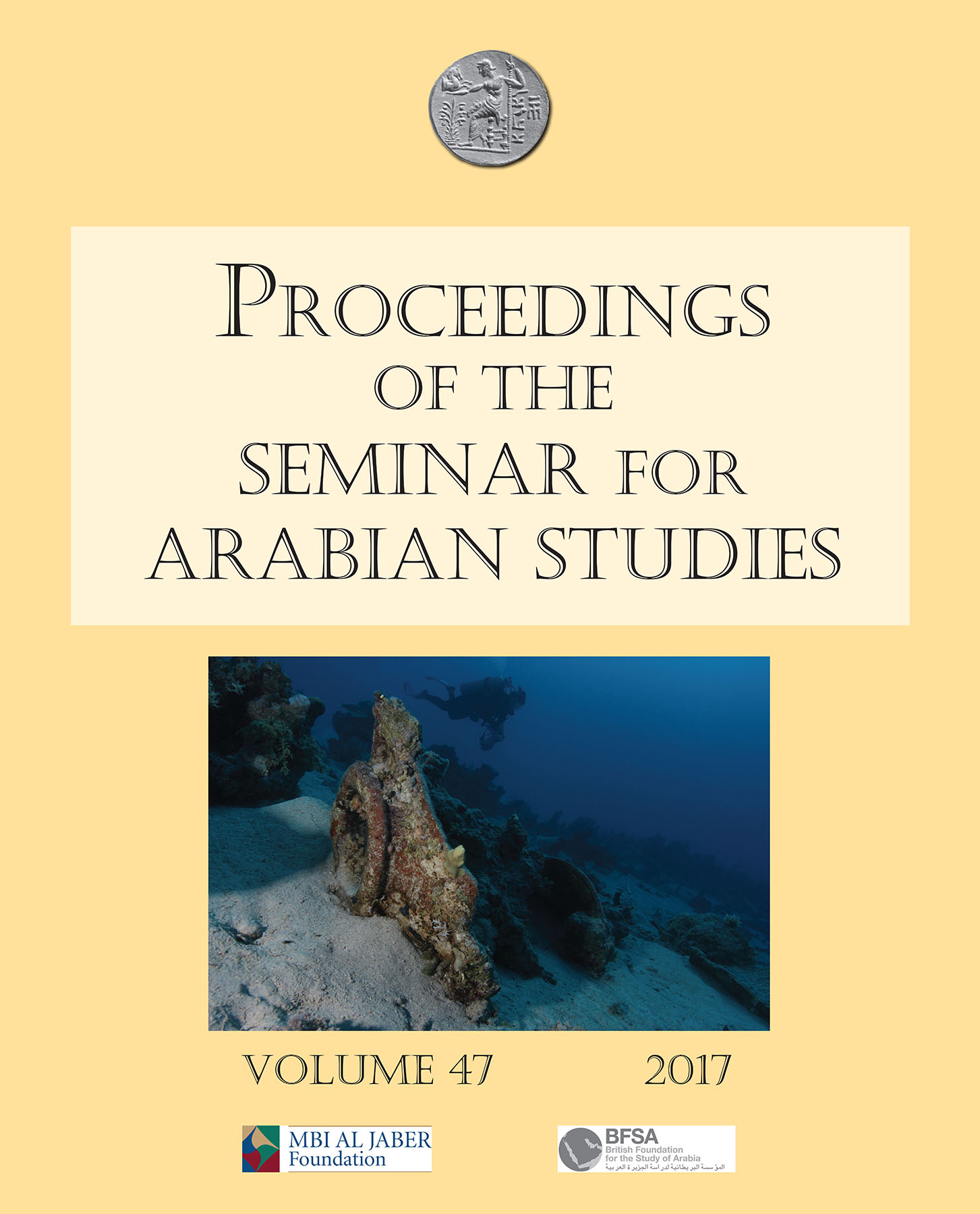Incense and imagery: mapping agricultural and water management systems on the island of Socotra, Yemen
Keywords:
Socotra, incense, aloes, dragon’s blood, satellite imageryAbstract
Situated at the entrance to the Red Sea, the island of Socotra features prominently in historical texts as an important source of exotic resources such as incense, Indian cinnabar (dragon’s blood), and aloes. The intensive cultivation of these products, particularly during the first centuries BC/AD, has been suggested as the reason for an extensive set of walls and enclosures found across the island. The extent and function of these systems has yet to be adequately examined or explained. In this paper, we demonstrate how the mapping of these walls using the remote sensing of satellite imagery together with the evidence from ecological, archaeological, and historical studies has now made it possible for us to begin to understand how these systems may have functioned. The preliminary results of this work will show that the walls not only served a variety of functions pertaining to the agricultural production and management of incense, dragon’s blood, and aloes, but that they were also being used in water and soil management practices.
References
.
Published
How to Cite
Issue
Section
License
Archaeopress Publishing, Oxford, UK


